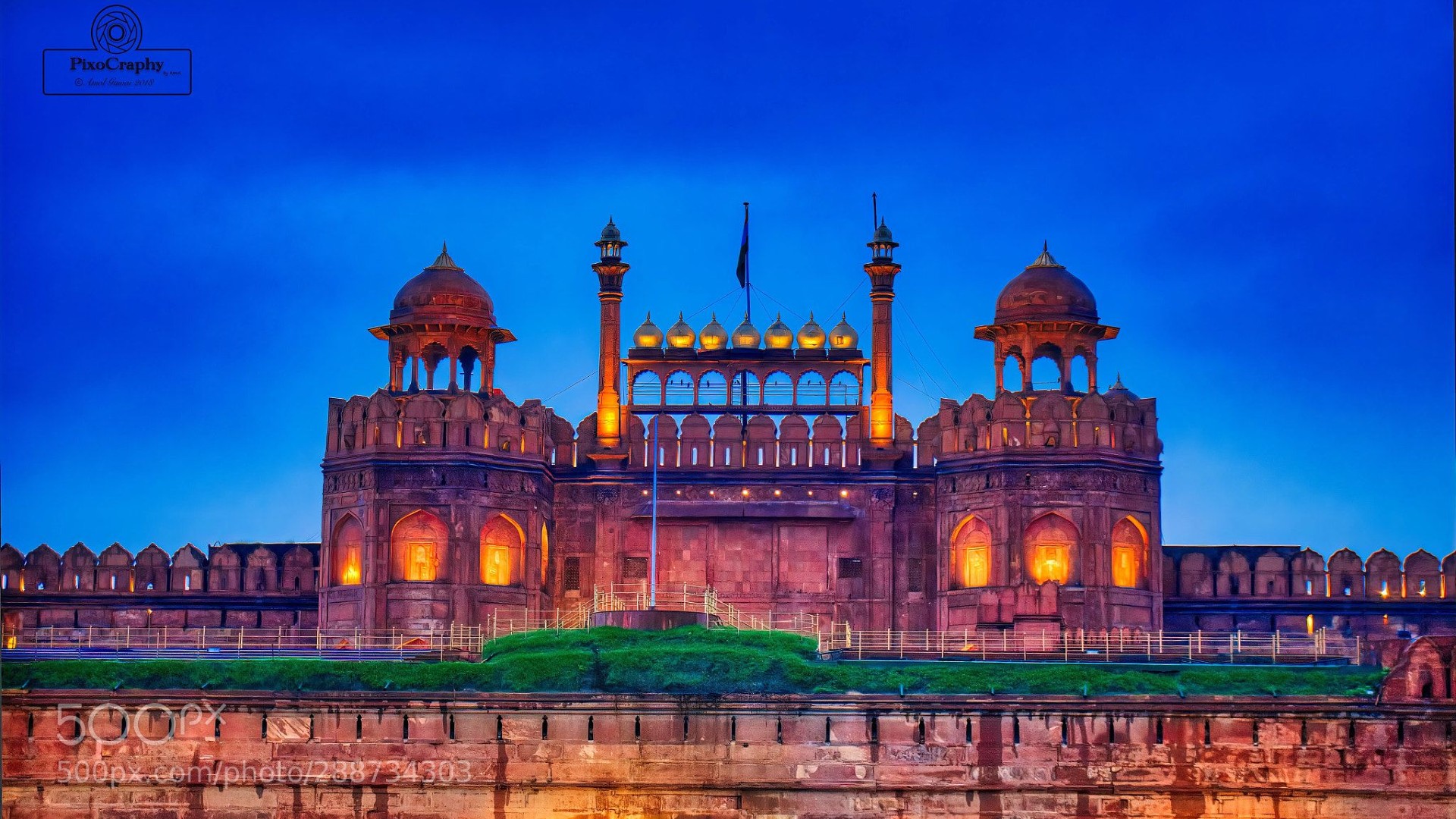While we are cooped up at our homes until normalcy is restored in Delhi, let’s take a virtual trip to the oldest monuments in the city!
Delhi is home to a plethora of monuments and ruins that despite being constructed centuries ago still are charming enough to captivate us and our future generations. Kings reigned, climates changed, calamities raged, and time aged, yet these heritage sites survived it all!
So, while we all are desperately waiting to step out of our house, let’s go back in time and virtually re-visit these age-old monuments in Delhi until the situation outside gets safer and convivial enough for us to plan a day trip!
1. Humayun’s Tomb
https://www.instagram.com/p/BualJC3gt_R/?utm_source=ig_web_copy_link
The construction of Humayun’s Tomb began in 1565 on the orders of Mughal Emperor Humayun’s first wife Empress Bega Begum to pay tribute to the former’s death. This mausoleum, which was completed in 1571 by Persian architects, is one of Delhi’s most popular tourist spots! The tomb has sprawling gardens on four sides, with pools that are connected to canals. Made from rubble masonry and red sandstone, it has two entrances – a southern side and a western side, and has been recognized as a UNESCO World Heritage Site!
2. Qutub Minar
The 73-meter soaring Qutub Minar was built by Qutub-ud-Din Aibak in 1193 as a minaret (victory tower) to celebrate his supremacy in Delhi. It’s another UNESCO World Heritage Site that also happens to be the tallest brick minaret in the world! It has 379 spiral steps, entry to which has been prohibited since 2000 owing to an increasing number of suicide cases. Before that, access to its first floor was allowed until 1981 when 45 people (mainly school children) tragically died after a stampede.
3. Tughlaqabad Fort
Tughlaqabad Fort was built back in the 14th century by Ghiyas-ud-din Tughlaq, the founder of the Tughlaq dynasty of the Delhi Sultanate of India. While usually perceived as a liberal, he was so passionate about his dream fort that he issued an order forcing all labourers in Delhi to work on his fort. This made Saint Nizamuddin Auliya, a Sufi mystic, angry as the work on his baoli (well) was stopped as well. As a result, the saint uttered a curse which is said to have led to the demise of the dynasty.!
4. The Tomb Of Safdarjung
The Tomb of Safdarjung was built in 1754 as a mausoleum for Nawab Safdarjung, regarded as being one of Delhi’s richest and most powerful rulers. He ruled in Awadh and then came to Delhi as a Vazir (Prime Minister) of the Delhi empire. After he died in battle against Marathas, his body was buried at this tomb. Though the monument has a structure and colour combinations similar to Humayun’s Tomb, it was actually designed by architects from Ethiopia.
5. Red Fort
Red Fort was built in 1638 as the main residence of the Mughal Emperors when Shah Jahan decided to shift the capital from Agra to Delhi. Made entirely out of red sandstone, it was plundered of its artwork and jewels during Nadir Shah’s invasion of the Mughal Empire in 1739. Later, most of the fort’s precious marble structures were destroyed by the British during their rule in India. Despite that, it was designated a UNESCO World Heritage Site in 2007.
